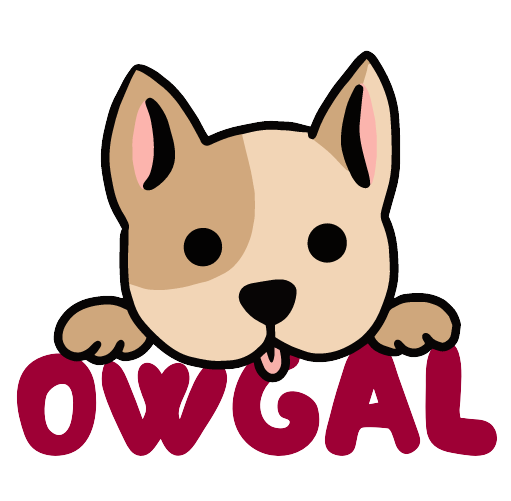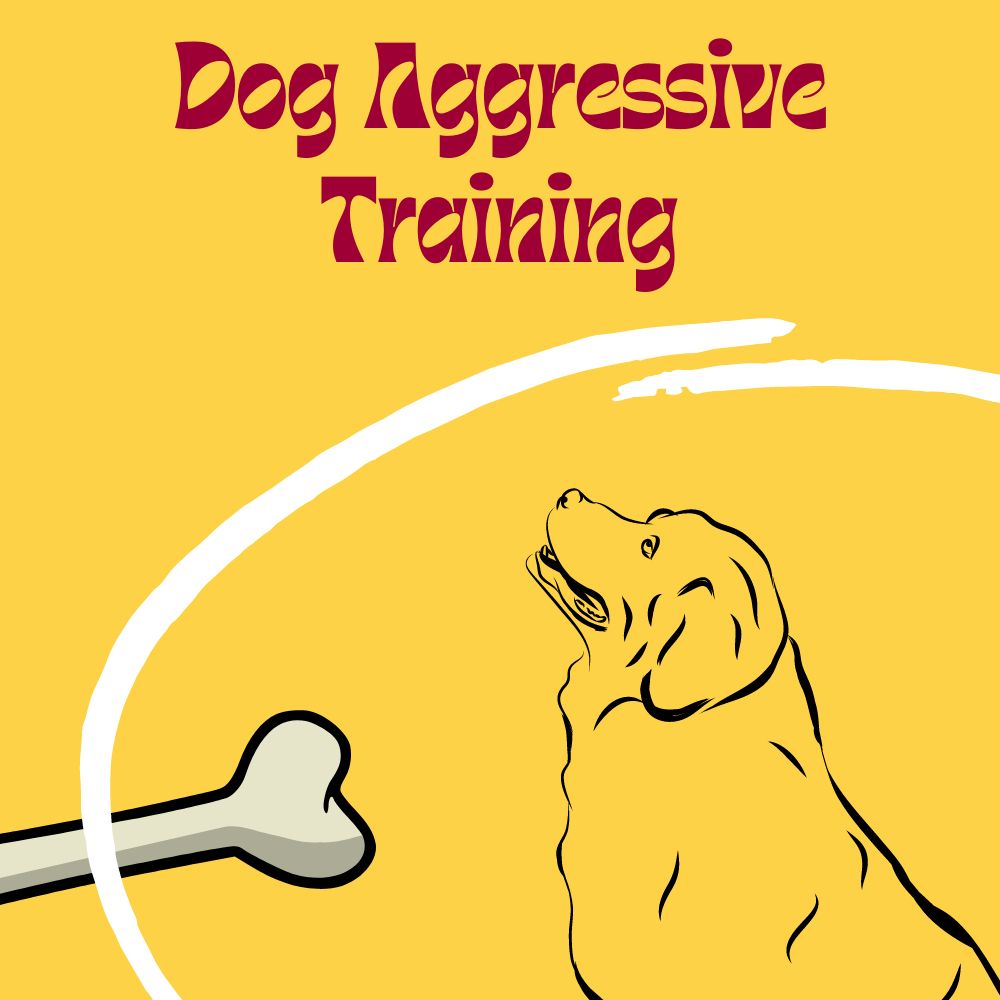Navigating the waters of the modern workplace while embracing the joys and responsibilities of pet ownership can sometimes feel like a juggling act without a safety net. It’s a conundrum many professionals face: the desire to provide for their furry friends and the developing realization that work-life balance requires fine-tuning when tail-waggers and whisker-twisters enter the scene.
In this comprehensive guide, we take a paw-forward approach to balance the scales between your career and your beloved pets. We will unearth the secrets to maintaining a productive work environment, ensuring your pet’s welfare, and creating memories that celebrate the unique bond between humans and animals.
Understanding the Magic of Pets in a Hectic Work Life
Before we delve into practical tips and routines that harmonize the din of work and pet care, it’s crucial to appreciate why pets have a profound impact on our lives. According to an American Heart Association statement, pet ownership, particularly dog or cat ownership, is probably associated with a decreased risk of heart disease. Furthermore, pets can reduce stress, anxiety, and depression. This is especially meaningful in professional environments, where high-pressure situations and long hours are par for the course.
The Physical and Psychological Benefits of Pets
Pets, as the silent healers that they are, offer comfort that knows no bounds. From the physical act of stroking their fur to the mental solace of their undemanding companionship, pets can act as a nurturing force, promoting overall wellbeing. In a fast-paced work setting, the tranquil influence of our pets can be our most cherished and underutilized asset.
The Role of Pets in Social and Emotional Fulfillment
Loneliness is an epidemic that silently creeps into the hearts of workers across various industries. Pets diffuse this, becoming confidants and social catalysts. They can catalyze interactions, stemming from casual dog park encounters to joining social pet-related groups. This can foster a sense of community, easing the loneliness often felt by those with demanding work schedules.
The Effect of Pets on Personal and Professional Growth
Beyond the happiness they bring, pets can serve as unique teachers. The unwavering loyalty, resilience, and joy in small pleasures that they exhibit can be profound lessons in personal and professional growth. They subtly teach us patience, empathy, and the art of unwinding, skills that are invaluable in a corporate setting.
The Ideal Pet for Your Work Life: Understanding Compatibility
Choosing a pet that complements your professional lifestyle is no trivial task. The right companion will add joy, but the wrong match can bring undue strain on both you and the animal. Here, we dissect the criteria that will facilitate a harmonious coexistence between your job and the newest member of your family.
Assessing Time and Physical Activity Requirements
Some pets, like high-energy dogs, demand regular exercise and stimulation. If your work hours are more presidential than punctual, it might be wiser to opt for a less demanding pet, such as a cat, fish, or small mammal like a guinea pig or a rabbit. This isn’t a value judgment but rather a recognition of lifestyle compatibility.
Financial Considerations and Long-term Commitment
Pet ownership isn’t just about immediate time constraints; it’s a long-term financial commitment. Before deciding on a pet, it’s essential to examine your budget and prepare for the costs associated with their care. From routine vaccinations to potential emergencies, such expenses should be factored into your financial projections.
Evaluating the Support System in Your Social Circle
An often underestimated aid in balancing work and pet care is a well-constructed support system. Whether it’s family, friends, or professional pet care services, knowing that there is a safety net in place for your pet can ease the strain of long hours at work or unforeseen business trips.
Daily and Weekly Pet Care Routines for the Busy Professional
Routine is the cornerstone of a well-managed household with pets. This section outlines essential daily and weekly care that can be comfortably integrated into even the busiest work schedule.
The Morning Necessities: A Pre-work Checklist for Your Pet
Mornings can be the busiest part of the day. It’s essential to streamline your pet’s routine into this hustle. Feeding, exercising, and grooming your pet can be accomplished within a productive morning schedule, allowing you both to start the day on the right paw.
The Midday Break: Nurturing Your Pet from Afar
The midday break is not just for employees; it’s equally important for pets. If work hours prevent you from returning home, consider enriching solo play with puzzle toys or hiring a dog-walker to punctuate your pet’s day with a hearty walk and a much-needed bathroom break.
The After-work Embrace: Reconnecting and Unwinding
Your arrival home is a highly anticipated moment for your pet. Whether through play, interactive feeding, or a leisurely walk, this time should be cherished and considered the highlight of your pet’s day. It doubles as a powerful stress-reliever for you, setting a positive tone for your evening.
The Nighttime Rituals: Tucking in Your Pet and Winding Down
Nighttime routines are all about winding down. For pets, this can mean a comforting meal, some last-minute play, and settling down for the night. By merging these activities with your own wind-down routines, such as reading or watching TV, you can create a serene environment for both you and your pet to enjoy.
The Art of Time Management: Reigning in Responsibilities
Time management is a skill that can transform chaos into control. We explore strategies to allocate time judiciously to your pet and your professional growth.
Integration and Dual-purpose Activities
Savvy pet owners find ingenious ways to integrate their pet’s needs with their daily activities. This could mean using a standing work desk while engaging your pet, attending virtual meetings with a pet at your side, or converting a home office into a pet-friendly zone.
Creating a Shared Calendar
Employing shared calendars and planners ensures that the needs of both work and pet are met without conflict. It also assists in coordinating vet visits, grooming appointments, and social engagements for your pets, ensuring that they lead a fulsome life despite your busy schedule.
Prioritization and Non-negotiable Pet Time
In the marathon of work responsibilities, it’s easy for pet care to fall by the wayside. By setting non-negotiable pet time slots, you guarantee that a portion of your day is dedicated solely to your pet. This can range from an early morning walk to an evening play session, but it’s about quality over quantity.
Optimizing the Work Environment for Pet Inclusion
The modern workplace has become more fluid, with a marked increase in pet-friendly policies. We examine how to work with companies embracing this trend and offer strategies to make the office environment conducive for pet companionship.
Advocating for Pet-friendly Policies
If your current workplace is not pet-friendly, there are steps you can take to advocate for change. This might involve creating a pet policy proposal, garnering support from colleagues, and presenting a well-researched case to company decision-makers.
The Inclusivity of Remote Work
Remote work has emerged as a game-changer for pet owners. The flexibility it offers can significantly alleviate the challenges associated with pet care. Now, with technological advances such as pet cams and remote access to feeders, you can keep a watchful eye over your pet while tending to your work duties.
Setting Boundaries for Pet Involvement
While having your pet at work can be delightful, it’s essential to establish boundaries to maintain a professional atmosphere. Setting up a dedicated pet corner, having a suitable containment area, and encouraging good behavior through training are just some ways to balance professional decorum with pet presence.
Managing Pet Anxiety and Separation-Related Disorders
Pet anxiety can be a significant concern for working professionals. We discuss the signs of separation anxiety in pets and practical solutions to alleviate their distress.
Recognizing the Signs and Severity of Pet Anxiety
Knowing the red flags of pet anxiety is crucial. From excessive barking to soiling the house, pets may exhibit a range of symptoms when left alone. It’s important to discern normal pet behavior from anxiety-related issues to start addressing the problem effectively.
Building Independence through Training and Reinforcement
Training your pet to be alone can mitigate separation anxiety. This can be initiated by gradually increasing the time apart during puppy or kittenhood, employing positive reinforcement, and creating a soothing environment with comforting items when you’re away.
The Role of Enrichment and Technology in Soothing Anxious Pets
Enrichment plays a pivotal role in a pet’s mental well-being. Interactive toys, treat puzzles, and simulated human presence devices can provide a much-needed mental workout and distraction. Technology like smart pet cameras can also help to quell separation anxiety by allowing you to interact with your pet remotely.
The Community Connection: Leaning on Others for Pet Support
Building a strong community of fellow pet owners can be a lifeline. We explore the benefits of such a network and ways to create one.
Engaging with Local Pet Owner Groups
Local pet owner groups and clubs can be a rich resource for support. From arranging playdates to sharing tips on pet care, these groups offer a supportive network that understands the unique challenges of juggling a career with pet ownership.
Volunteering and Advocacy as Group Activities
Embracing pet-related volunteer work or advocacy not only benefits the animal community but also provides a sense of shared purpose with fellow pet enthusiasts. It’s a powerful way to champion both professional and personal values within a supportive group setting.
Embracing Professional Pet Resources
There is a wealth of professional pet services available to assist the modern professional. From dog walking services to pet hotels, these resources can provide quality care and alleviate the guilt associated with prolonged absences.
Finding Financial Balance: Managing the Costs of Pet Ownership
Lastly, we tackle the financial aspect of pet ownership. Balancing work and pet care extends to ensuring that your furry friend receives the care they need without compromising your financial stability.
Budgeting for Routine and Emergency Pet Care
Creating a comprehensive pet care budget that accounts for routine expenses like food and grooming, as well as unforeseen events, is imperative. Consider setting up a dedicated pet emergency fund to handle any unexpected costs that may arise.
Exploring Affordable Pet Care Options
Pet care needn’t break the bank. There are numerous affordable options available, such as vet clinics with payment plans, online discounts for pet medications, and even DIY grooming techniques. Researching and being proactive about cost-saving measures can make a significant difference in managing your expenses.
The Financial Benefits of Pet Ownership
In addition to costs, it’s important to reframe the financial narrative around pet ownership. Pets can offer a unique form of companionship that is cost-effective compared to other forms of leisure and entertainment. They can also introduce efficiencies, such as the safety provided by pet security alerts at home.
Balancing a career with pet ownership is an art that is continually evolving. By adapting to changes in the workplace, utilizing time management strategies, and prioritizing pet care within your schedule, you can foster a relationship of harmony, happiness, and heroism with your pet. Your pet isn’t just a responsibility— they’re a source of joy and a companion that can elevate your everyday work life into a truly balanced, fulfilling experience.




